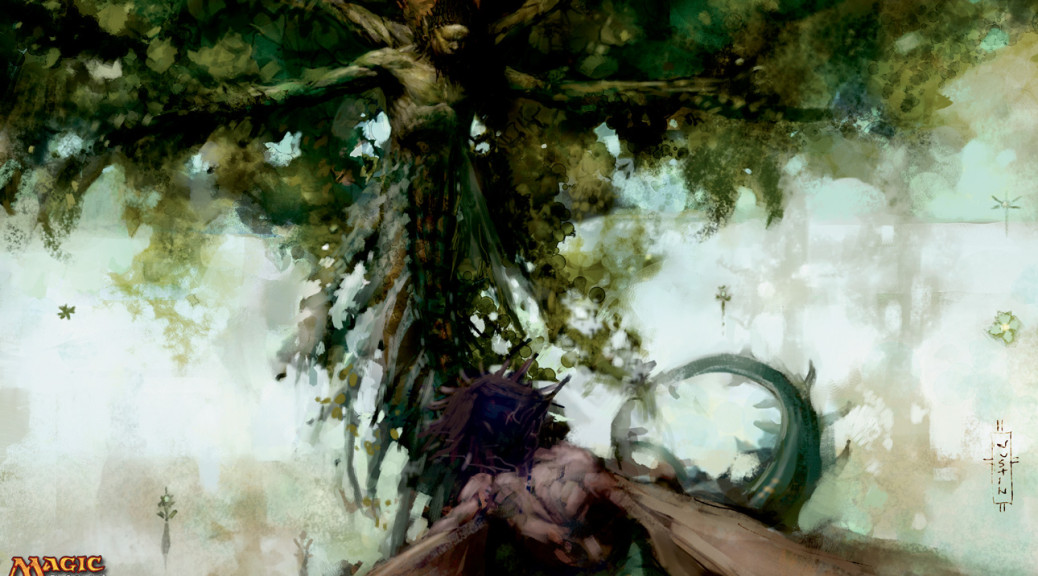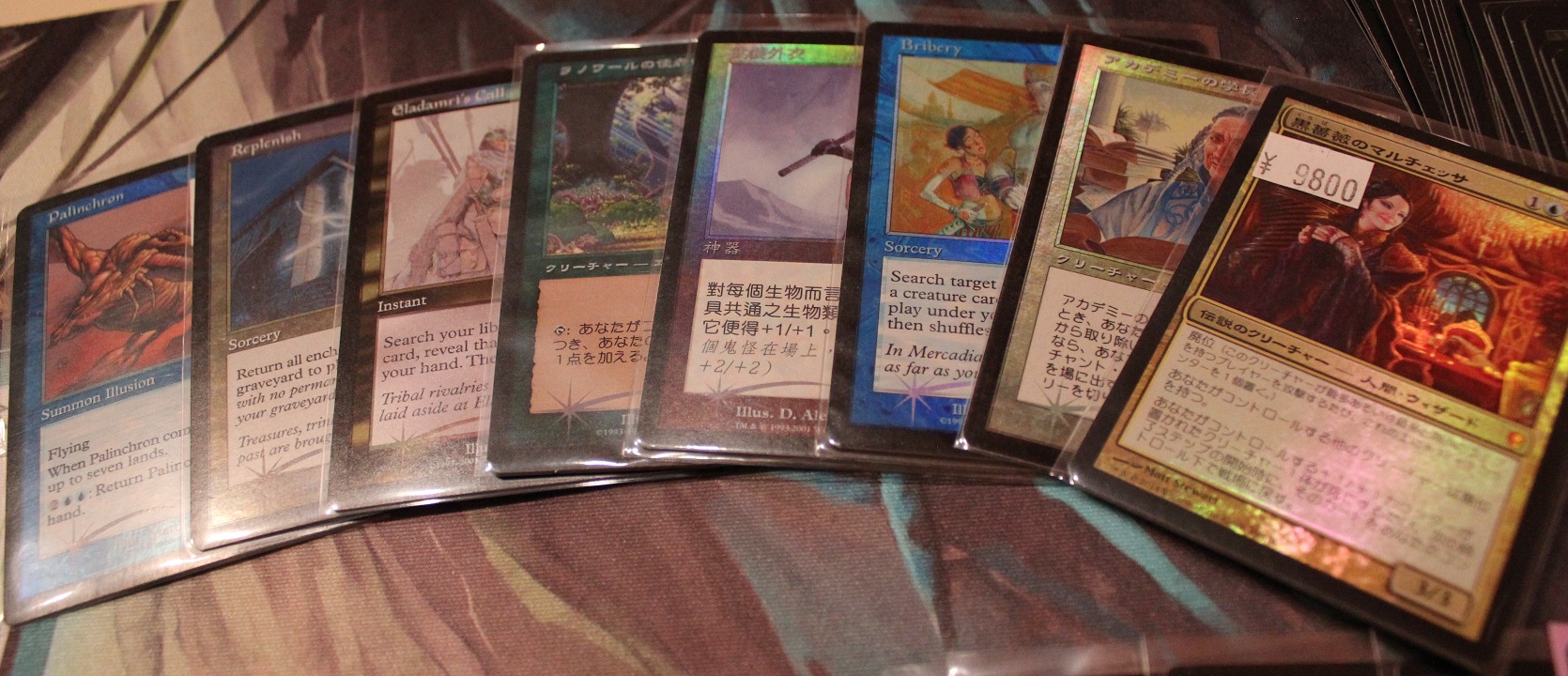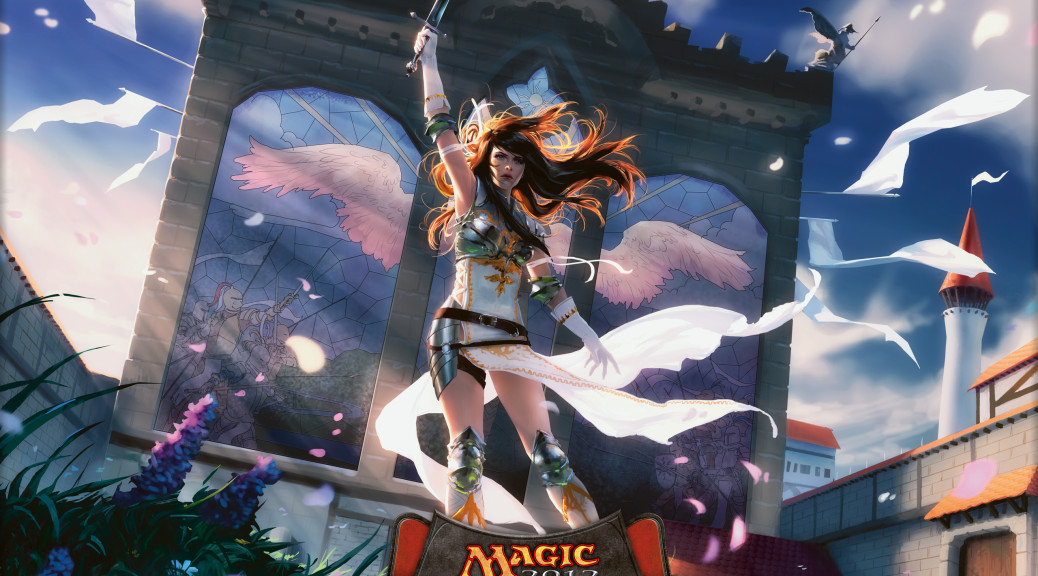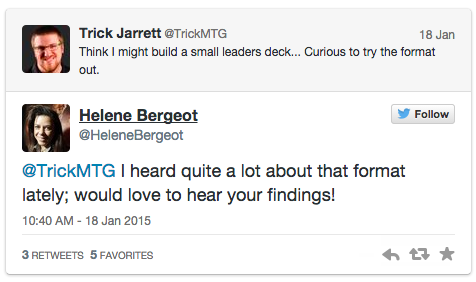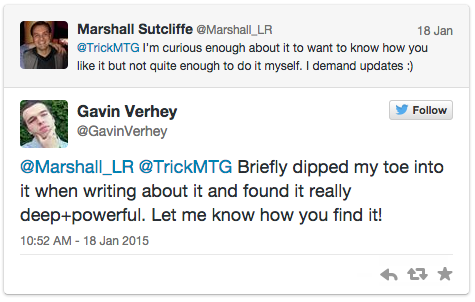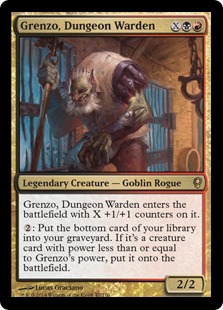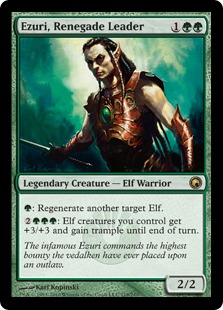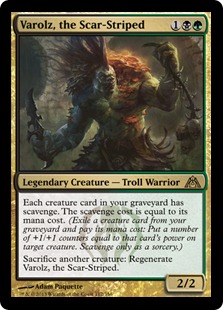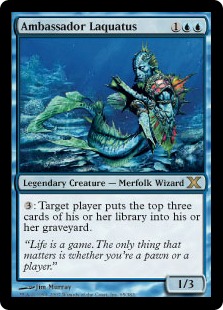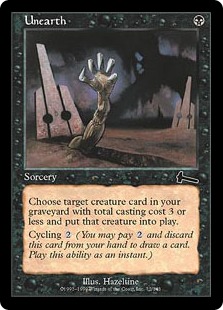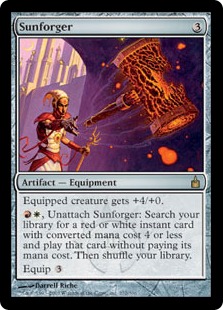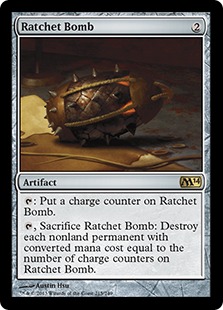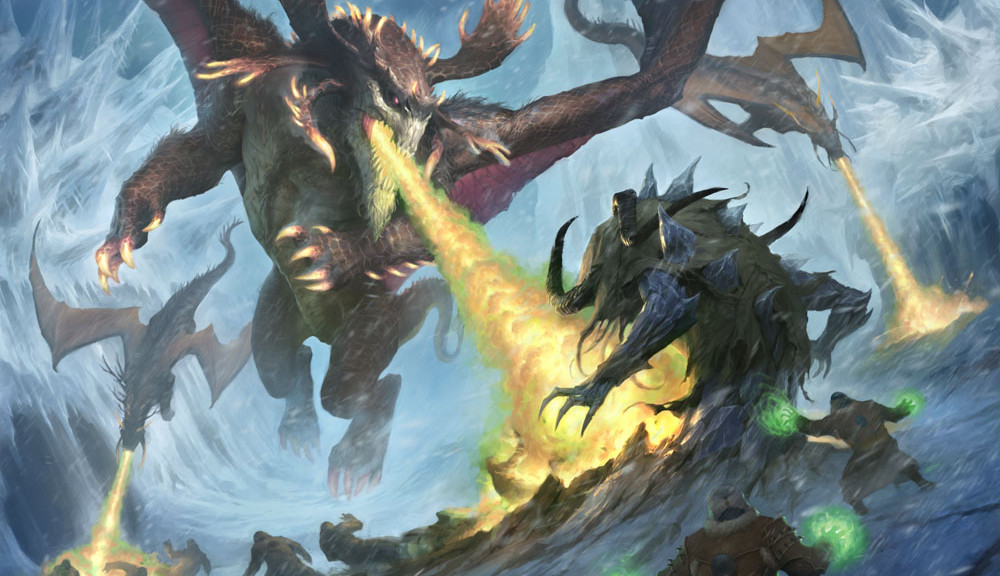By: Travis Allen
She wanted to leave for the airport by 7am. I preferred 9. After modest debate at her parent’s dinner table, I acquiesced.
As I put my watch back on, having removed it for the security check, I saw that we had three hours to kill in the terminal before boarding would begin. I took the opportunity to bring this to her attention. She said something unpleasant.
After firing off a run of Binding of Isaac, I closed my laptop while I used the airplane bathroom. Upon returning, Steam asked for my login credentials, apparently having decided to forget that just an hour before it started in offline mode. Without internet access to reauthenticate, all of the games I had downloaded to pass the time with were walled in behind Steam’s authentication process, a lock temporarily without a key.
There were eleven hours left of a thirteen hour plane ride. Stowing the laptop with the inflight magazines on the back of the seat ahead of me, the occupant turned around. “Please don’t shake my seat, thanks.” Ten hours, fifty-nine minutes to go.
I’m not sure exactly what I was expecting when I stepped off the plane and into the hallway. There obviously wasn’t going to be a torii (one of those traditional red Japanese shrine gates) and a cherry blossom tree in the middle of the terminal. Yet somehow I expected it to feel more Japanese. I can’t tell you what that actually means.
While waiting for her to use the restroom, the wall started speaking to me. Things felt a little more Japanese.
Arriving at our friend’s place, it was all we had not to just crash right there on the floor in the middle of his modest 8th floor apartment, nestled inconspicuously in a unexceptional apartment building, on an unexceptional block, in Itabashi, an unexceptional ward of Tokyo.
Tokyo isn’t just a city, by the way. It was described to me sort of like New York state and New York City, except moreso. There’s the Tokyo prefecture, but also the Tokyo Metropolis, not to be confused with the Tokyo Metropolitan Area. It’s possible there’s more distinctions as well, I’m not sure. I didn’t quite follow it all. The metropolitan area has more people than Canada.
Hunger begins to set in. It’s hard to eat much on a plane. Our local hostess suggests an unassuming restaurant across the street. One of us says “at this point, I’ll be happy with anything.” Tokyo wasted no time setting out to challenge that claim.
Food is delivered via a conveyor belt that snakes around the restaurant. Patrons take the small dishes off as they pass, each containing two bites of various sushi, or a small bowl of soup, or green tea covered mochi. Colored rims on the small plates indicate the cost of that particular dish, with prices ranging between one dollar and five. Raw fish after a long plane ride is probably not one of our wisest choices, but when in Rome, right? Our host converses with the chef quickly, then tells us we’re really going to enjoy what he ordered for us. Shortly thereafter we’re each presented with two slabs of raw horse meat laid over rice. Just in case people may find that unappealing, there’s a dash of garlic spread on top to finish the presentation. She and I exchange looks, our stomachs protesting before even having it balanced tenuously on our chopsticks. We agreed before arriving that we’d try any food set before us.
In his defense, it was not unenjoyable. Repeated exposures would almost certainly render the meal pleasurable. Now, tonight, it’s simply tolerable.
Mount Fuji is visible on the horizon the next morning. Living in central and western New York most of my life, this is unfamiliar terrain. I’m reminded of a trip to Seattle two years ago, which affords its populace a similar experience. Fuji fades behind the clouds as the morning progresses, but it returns each morning.
Kawagoe feels a bit like a quaint town, although it’s actually a city located in the Saitama prefecture, which is of course located in Tokyo. Aged buildings line the major street, sidewalks nonexistent. Most of the buildings have small shops on the first floor. We wander into a knife store so I can pick up a gift for my father; a chef in a past life. I have to double check with our host that I’m not reading the price of a cleaver wrong. It’s more than four times the cost of my plane ticket. I don’t buy anything in that shop.
I didn’t realize it at the time, but our trip to Kawagoe that first day is one of only two times in eleven days I’ll see pre-war buildings. US firebombing of Tokyo during WWII lasted nine months. Operation Meetinghouse, conducted over two days in March of 1945, was the single most destructive bombing raid in history. As a result,Tokyo is glaringly, frustratingly modern.
Our second full day, a drizzly grey morning, finds us headed towards Chiyoda, the location of TokyoMTG. I’m hoping to meet up with Heiko Sonoda. We converse occasionally on Twitter, his insight into the Japanese Magic scene valuable and intriguing. Most recently he told me that Whisperwood Elemental had skyrocketed from ~$5 preorders to ~$15. That night I bought several playsets on eBay at a little less than $6 a copy. A week later they were $12 here in the states. Foreign markets occasionally provide indicators of where a local market will move next.
His store is reasonably spacious for Tokyo, a luxury I will find very few other stores to possess. Rather than sacrifice extensive and expensive square footage to large, mostly-empty glass cases, Heiko has adopted the system put into place by Saito’s shop. On a small table in the corner are three computers, each with a browser open to the TokyoMTG website. I require assistance switching the keyboard from Japanese to English. Rather than browse glass cases, customers simply browse the site’s inventory, and after placing an order, walk four steps across the room to pick it up from an employee that fetches it from the back. It’s effective for sure, although I can’t say I’m not a bit disappointed. For someone looking to browse inventory, with no clear desired product in mind, cases are perfect. A website is excellent for finding a specific card, but hardly appealing for the window shopper.
A brief discussion with Heiko sets the stage for my Magic related experiences for the next nine days. Right off the bat he tells me that Japanese players tend to engage with Magic in a very different way than Americans. Tier one staples such as Force of Will or Tarmogoyf are at least as expensive as they are in the states, if not considerably more expensive, for any language. Days later I have every reason to believe him. Every Force of Will I encounter in Tokyo falls within the $130 to $150 range. Dual lands are similarly expensive.
Perhaps most distressing is something he told me months before my arrival, but which I was unwilling to believe. The Japanese are not unaware of the demand their product enjoys overseas. While free Wi-Fi is far less common there than it is in the states, most citizens are in fact capable of accessing the internet, and are not unaware of eBay. English comprehension is lower in Japan than some European countries, but many are still completely capable of utilizing English web services. Since many players are competitive, they’re also more in tune with pricing – which means nearly every player knows how much foil Japanese cards are worth overseas, or at least is aware that they’re more expensive than most. In fact, Heiko tells me that at one point he pulled his Japanese foils from international sale and relisted them in Japan, since the prices were actually higher locally than America or Europe.
None of this really makes sense to me. He ends up being right, of course. Hearing it strikes me as nonsensical though. Isn’t sealed product still roughly the same price? If the average card coming out of a Japanese box has a multiplier of 1.1x to 5x over its English counterpart, isn’t the value wildly better when opening a Japanese box? How isn’t it lucrative to just crack Japanese boxes all day and sell them internationally? The first question sticks with me the rest of the trip. I never do get a clear answer on the second one. I’m guessing it has something to do with the effort and overhead involved in shipping internationally.
Even being told all this, you hold out hope. He must be wrong. There’s got to be stores that are just goldmines for JP foils. I’ll show him.
Later that day a shop has a foil Japanese Monastery Swiftspear on display for around $40. Dream’s time of death, 1:47pm.
While I’ve been almost immediately locked out of shopping for awesome JP foils to later trade away at infinite value at large events, all hope is not lost. While competitive format staples are noticeably more expensive, the opposite is true for most casual product. EDH and kitchen table cards tend to be cheaper than in America by enough of a margin that they’re worth the arbitrage. My trip ends up bearing this out, as I end up with nearly no competitive cards in my possession when leaving the country.
Hobby stores in America typically focus on some combination of Magic, tabletop gaming such as Warhammer, and board games. Yu-Gi-Oh is the next most popular card game, although its presence in every shop I’ve ever visited ranges from “we sell it, but Magic is more popular” to “Yu-what?” Card games other than those two are relegated almost exclusively to online orders and the clearance section at Target. I’m not sure I’ve ever seen someone, in any store anywhere, buy or play a card game that isn’t one of those two.
One will find that here in Tokyo that couldn’t be further from the truth. A seemingly infinite number of other card games exist, many more popular than Magic, if case real estate, signage, and register exposure is any indication. I never catch the name of any them. Visually the cards are gaudy and of low production values. Most remind me of DeviantArt. Some remind me of the worst parts of DeviantArt. I’m pretty sure at least one had artwork that consisted solely of exactly the type of material people are publicly shamed for having on their basic lands when they show up to Magic events in the states.
No shortage of alternative TCGs exist in the Japanese market, and with many of them seemingly more popular than Magic, it’s no surprise the casual scene of our favorite game is far less robust. A dazzling variety of TCGs means that the pool of Magic players is shallower. Those that would play casually are easily drawn towards any number of other TCGs, or even other activities altogether, such as the arcades that seem as common as Starbucks does in the states. The end result is card prices falling quickly once they leave the competitive stratosphere. Perhaps best illustrating this point is my purchase at Saito’s store later that week. The order contained thirty-eight Black Markets. Clocking in at $12 on MTGPrice, it’s a black EDH staple. I paid under three dollars each in Japan. If TCGPlayer ever starts allowing the listing of foreign cards, I’m in business.
Before we leave Heiko’s shop, I purchase a pack for her to open. Even though she knows only as much as is required by someone who happens to sit in the same room as shelves of cards, she enjoys the process, the thrill, the gamble. At about 300 yen, two dollars and change, it isn’t even expensive. She sniffs the pack as she opens it, a behavior learned from watching me. Savor the experience. Pausing on the third uncommon to let the suspense build, she rips it away to reveal a Sage of the Inward Eye. I say something unpleasant.
I thank Heiko for his time and explanation of the Japanese market, and he gives us a set of custom tokens as a gift. Though my obstinance holds strong and I have yet to ingrain everything he’s been kind of enough to share with me, it will only be a few more days before it becomes evident he was entirely truthful. Our conversation foreshadows perhaps the most poignant lesson I will learn during the trip. Globalization revitalized national economies, pulled entire countries out of poverty, and dramatically changed the world in ways that none could have predicted. Globalization has also partly ruined the experience of international travel.
Packed window to window, we board the rail line. It’s the busiest car we’re in all trip. It would pale in comparison to the crowds we’d see later that day. A quarter of the people on the train have with them rolling hard suitcases. Upon inquiry, I’m informed that that’s where cosplay outfits are stored until the individual reaches Comiket, at which point they change in a large communal changing area, one for each sex. “Why don’t they just put the costume on at home and wear it on the train?” “They’d look ridiculous!” I can see a fifty-foot-tall Gundam statue out the window of the train car. Something tells me nobody would care.
Have you ever been to Times Square for New Years? Seen the masses packed in, shoulder to shoulder, huddling in the freezing temperatures to be a part of what I assume is the largest and most famous NYE celebration in the world? Upwards of a million people show up each year to cram into a few city blocks worth of space. It’s lunacy. Somehow Comiket manages to be worse.
We’re over a quarter mile from the entrance and have already instituted a “hang on” policy. Spacious courtyards outside the building are packed, elbow to elbow. All except for the space saved for cosplayers, in front of which lines snake back and forth, with no one exactly sure where it actually stops. At the end of each line is a cosplayer, most of them women, and most definitely freezing in the chilly December air. Photographers wait their turn to take photos of the cosplayer, and the cosplayer hands out business cards with the intent of selling DVDs of photos of themselves. It’s a practiced affair for everyone involved, completely obtuse to an outsider. Strict rules of pageantry and etiquette are involved, although I’ve no clue what any of them are. The whole thing feels sleazy, mildly abusive, and generally makes me uncomfortable. We haven’t even made it inside yet.
Seething is the best description I can come up with, although that still doesn’t do it justice. I’ve never stood in a crowd like this before. I imagine that this is what escaping a burning building with inadequate safety standards must feel like. I have to wait for a lull in the mass before I can get my arm up from my waist in order to scratch my nose.
Our host’s friend wants to go check a particular booth. As we head in that direction, the various booth signage on display rapidly turns from “anime,” to “hentai,” to “why is Hitler a bare-breasted woman,” to “incontrovertible hardcore pedophilia.” She handles it quite well. Probably better than I do. By the time we leave this portion of the hall, my distaste for anime and its fans has only grown deeper. I’m thankful I didn’t see anything Magic related. Two hours later we depart. I’m glad to have had the experience, but like several things that will occur on this trip, it’s not something I’d do again.
Akihabara, if you are unfamiliar, is sort of the nerd mecca of Tokyo. Buildings are adorned, from ground to roof, with anime and video game advertisements. Arcades are everywhere. You can’t find a spot in the street where there isn’t one visible. Video games and anime and every facet of nerdom smashes together here, all dripping with the saccharine facade of moe.
Of every subway station we will pass through, Akihabara’s is the only one with posters on the escalator warning women of attempted upskirt photos.
“How many Magic shops are in Akihabara?” “There are four. On this block alone.” We see a lot of Magic cards.
Days go by in a blur. Itabashi, Nakano, Shibuya, Shinagawa, Shinjuku. Ginza, Odaiba, Shinbashi, Harajuku, Takadanobaba, Ueno, Ikebukuro, Akihabara. Tokyo Skytree, Disney Sea, Daiwa Sushi, Robot Restaurant, Comiket. Our attempts to canvas the city only serve to prove how futile the effort is. If the term “urban sprawl” wasn’t invented for Tokyo, it should have been. Standing in the middle of Shibuya crossing one night, an intersection reminiscent of Times Square, famous for its pedestrian-scramble crossing in which all traffic stops and people pour into the intersection headed every which way through the crux of five major roads, one is reminded of Blade Runner’s dystopian cityscape, a valley of buildings, brilliantly lit screens disembodied against the dark night rapidly flipping through advertisements like a bored teenager suffering the ennui of life. Riding those trains as much as we did, the landscape never changing, you sometimes wonder if the city ever ends.
We lose track of how many Magic stores we visit over the course of the trip. Nearly all are claustrophobia-inducing. Crouched down or bent over, peering into the back row of one case, your back is pressed to another. I must have muttered “sumimasen” – roughly “pardon me” – more times in eleven days than I’ve spoken her name aloud in all of the last year. It doesn’t take long to start noticing patterns in pricing and keeping an eye out for specific cards.
Aside from Black Market, Avacyn, Angel of Hope and Rhys the Redeemed are probably the two cards of which I bring the most copies home. EDH and casual all-stars here in the states, it seems that nobody in Japan has any use for them. I find Avacyns for 1700 yen, which with the exchange rate is about $14. I found a few Rhys at under $5, and most were under $7. Sliver Legions are usually worth buying if the store has any in stock. I grab a few piles of Marchesa, It That Betrays, and Nirkana Revenants. Most everything is under 50% of what I would pay in the states.
Finding deals on Japanese foils doesn’t come easily, but I find a few. An Odyssey Decimate for $5. A playset of Ashioks for around $38 a copy. (Still trying to sell those.) Cogwork Librarian. Four copies of Plea for Power. Rounding out the top end is a Rofellos, a Marchesa, and an Academy Rector I picked up outside of Saito’s shop after stepping outside with a local whose binder may have been the most impressive I’ve ever seen in person. (If you live in a house right now, there’s a good chance his binder could have paid off the entire mortgage. I wondered how it was safe to carry that around. “Japan.”)
Did you know you can’t trade in stores over there? Continuing in the trend of my arrogant obstinance, I had heard this but for some reason decided it wasn’t true. Turns out, it is. Here in Buffalo there’s a store that doesn’t allow trading. People at GPs don’t believe me when I tell them. “How could a store not allow trading? How does that work?” I don’t know buddy, but there’s an entire country that subscribes to that theory.
Rector has already found a place in my EDH binder. I’m pretending I haven’t already decided to keep Rofellos and Marchesa. Both were under $70. There’s good profit to be made, but if I sell them, I’ll have ended up with almost nothing for myself. Keeping at least a few cards should be allowed, right?
Any English copies of cards I picked up are by now basically all gone some three weeks later. Everything Japanese is sitting on my desk, waiting for someplace better than eBay to sell them.
Boxes end up the bulk of my Magic expenses. Seven JP Khans of Tarkir and six JP Conspiracy. Every single store I walked into I asked about Khans, hoping to find just one that would give me a great price. About half the time the employee would scan a single Khans pack and start multiplying it by thirty-six. Saito’s shop was reasonable, and after offering to buy a case they said they’d knock $20 off, but it still wasn’t cheap enough. For ten days I held out for a 9,000 yen box. I never did find one, although I’ve no doubt they exist somewhere. 10,500 is how much I end up paying for each of all seven Khans boxes. Just about $90 after my credit card’s 3% international fee. There is no world in which I have a right to complain about paying $90 for Japanese Khans boxes, but I still find a way. She doesn’t care.
Conspiracy boxes were a “oh, well, yeah I guess I have to.” One store’s singles collection was paltry at best, a single half-case amongst ten full display cases, and it was getting late. Heading past the register towards the door, the price of a Conspiracy booster caught my eye. I forget exactly how much it was, but it was cheap enough to give me pause. Remember, Conspiracy is a purely casual product. Geared entirely for the crowd that enjoys the kitchen table, EDH, and maybe cubing. Aside from the very small handful of overlap with competitive players on Council’s Judgment and one or two others, Conspiracy is aimed squarely at a demographic that barely exists here. I inquire as to the cost of a box. 9,000 yen, or about $74. Checking eBay, I see that there are sold listings in the $130 range. This portable Wi-Fi spot I’m carrying around has earned its keep multiple times over during our trip. I buy them out of their three boxes. I thought I was done with Conspiracy until I wandered into one last store, our second-to-last day. Six boxes of Khans are being wrangled into a bag by the cashier when I notice the Conspiracy box on the shelf behind her. Given the reasonable price on the Khans boxes, I ask about the Conspiracy. 8,000 yen. $66. “You’ve got three more? San? Hai hai hai. Arigato.”
Between my thirteen boxes and her diabetic shock worth of candy, we had to pick up another cheap suitcase to get it all home. It was worth it.
After several days there I’m able to put my finger on what it is about Japan that is underwhelming. Years ago while she was studying abroad in Italy for a semester, I found a double-layover, twenty-hour round-trip ticket for $550 to Rome over spring break. After begging my parents to shell out, I was on my way. You’ve seen The Colosseum, and the Fountain of Trevi, and whatever other ancient italian landmark the discovery channel is blabbering about when you flip by. Let me tell you, dear reader, the images on your television or computer screen do not do those structures justice. One of the subway stops lets out right in front of The Colosseum – you walk up a flight of stairs, and there, right there, it towers over you, destroying all preconceptions and notions you may have thought you had. History bears down on you with weighty significance, rendering you breathless at the magnificence and size of the structure. Days of exploring the city and being exposed to history through such a living and breathing medium leaves a deep impression, and not for one second, not for one second on those winding stone streets that lead surreptitiously across a city whose history seeps from every porous brick, do you forget that you’re in Italy.
One random afternoon in Japan we’re on the street, and I’m looking around. A beef noodle place, a tanning salon, a bookst-wait, how am I reading all these signs? English is everywhere. No kidding, there’s more English in Japan than there is in Montreal. With English subtext on so many signs, and unreasonably often the only text on signs, and a cityscape all built in a post-war rebirth of the city, with virtually no buildings old enough to remind you of the millennia of history that exists here, the American visitor is struck with the unmistakable sensation of standing in New York City. It’s an always lingering, nagging thought that chases you along their ridiculously clean streets and into the massive shopping centers that span ten floors. You’re just a few extra white people, a lot more darker-skinned people, (seriously I think we saw maybe twenty black people in eleven days, out of what had to be tens of thousands of faces), and much worse candy away from being in New York City.
This is it. This is the globalization that afforded me the opportunity to be here, and it’s the same globalization that’s making it impossible to find an authentic Japanese gift for my parents. I can’t find anything of substance that feels native because it seems there is so little left – or at least, so little that can’t be obtained in America one way or another.
Heiko told me that several years ago, the arbitrage between the Magic markets was good enough that you could probably have paid for your entire trip with money to spare. Magic hadn’t experienced its renaissance quite yet, and large gaps still existed. Japanese foils were dirt cheap locally, and American cards sold for bundles. A savvy traveller could have brought $10,000 in English foils to Japan, turned that into God knows how much in Japanese foils, and then outed that for even more back in America. Today though? Today you pick up Rhys the Redeemed for $6 and you’re pleased with that.
In descending order of time spent on them, the two activities that consumed the largest portion of our trip were standing in line and shopping. Not just for Magic cards, but anything, anywhere. Local shops that the owner lived above. Street vendors. Tourist traps. Department stores. We stepped inside every category of shop imaginable. My litmus test for determining whether I should buy something was simple – “can I get this on Amazon?” A question whose answer was affirmative so frequently that my luggage was 65% Magic cards and 30% the clothes I brought over.
“Join the Army, See the World” was the slogan for the Army at one point. Decades ago, poor American kids knew that the only way they’d ever be able to see other countries was on the government’s dime. Commercial flight was still far too expensive for the average citizen. Enlistment benefitted both parties. The Army got a soldier for a few years, and the soldier got an experience he’d never be able to afford on his own.
Listening to the radio a few years back, someone was talking about how they had to change that iconic slogan. With flights as cheap as they were, any schmuck could hop on a plane and see any country in the world. Why would someone volunteer four years of their life in order to get the chance to visit Europe when they could just plunk down $1,000 and go on their own? “See the World” was no longer the powerful motivator it once was.
Globalization has given us opportunities our grandparents never had. Any one of us can travel to any country in the world, almost on a whim. Seeing Spain or Egypt or Thailand or Brazil isn’t some decadent dream with no hope of reality, it’s just a question of budget. With accessibility has come homogenization, though. I love Amazon. I love what it does for me. I don’t go to actual brick and mortar stores anymore. My Prime account is well worn. And at the same time, it has spoiled a component of travel. Wandering the streets and stores of Tokyo, little strikes me as inaccessible. Nearly every department store has an international presence, which means any of this can be purchased from the comfort of my home office. Browsing wares in smaller shops doesn’t afford a much better experience. Most is made in China or Taiwan, and none of it is something I’d be excited to gift to another. I don’t return home with wild stories about a far-off country with exotic customs. I say things like “we couldn’t get any great photos from SkyTree, just Google it and you’ll get a better view.”
Magic has suffered the same fate here. Small edges do exists – the $90 Japanese Khans boxes – but there’s hardly anything awe-inspiring. There’s the good prices on casual cards, and you can bring over in-demand Force of Wills. But overall, Magic is no different than sweaters or silverware. Certain pieces are cheaper in Tokyo than they are in America, but nothing is unattainable. Everything that we bring back could be purchased at home. Sure, we got a slightly better price on some of it, but none of it is exotic to the point of remarkability. Even the Japanese merchandise isn’t necessarily cheaper than it is in the states. I saw a lot of $45 foil Japanese Swiftspears.
The lesson here is one oft repeated in many aspects of life. Ignore the material goods. Avoid spending too much of your money on material things. Take photos – but not too many. Pay for experiences. Eat well. See sights. Now more than ever, those are the souvenirs you will savor most in the years after.
Travel between Toronto and Buffalo defies any navigation service to produce useful directions. Leaving Toronto Pearson airport, it only takes two or three minutes before we’ve gotten on the wrong road, forcing us into a Tim Horton’s parking lot in search of Wi-Fi. We both say something unpleasant.
